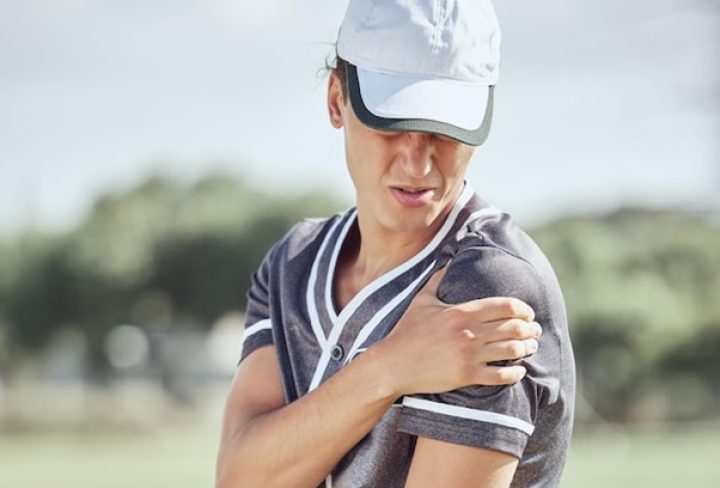Golfer’s elbow is a common yet troublesome condition affecting the tendons in the inner side of the elbow.
Despite its name, it does not only afflict golfers but can occur in anyone who repeatedly uses their wrists or clenches their fingers.
This blog aims to delve deeper into this condition, shedding light on its causes, symptoms, and treatment options.
Causes
Golfer’s elbow is primarily caused by overuse or repetitive strain on the tendons in the forearm that allow the wrist and fingers to flex. Activities such as golfing, playing tennis, throwing sports, weightlifting, and even repetitive tasks like typing or painting can contribute to its development. Additionally, poor technique or improper equipment can exacerbate the condition.
Symptoms
Individuals with golfer’s elbow typically experience pain and tenderness on the inner side of the elbow, which may radiate down the forearm. The pain often worsens with gripping, lifting, or twisting movements of the wrist. In severe cases, there may be weakness or numbness in the hand or fingers. It’s crucial to address these symptoms promptly to prevent further aggravation of the condition.
Treatment Options
- Rest and Activity Modification: Giving the affected arm adequate rest and avoiding activities that exacerbate symptoms is essential for recovery. Modifying techniques or using ergonomic equipment can also help alleviate strain on the tendons.
- Ice and Heat Therapy: Applying ice packs to the affected area can help reduce inflammation and pain, while heat therapy can promote blood flow and accelerate healing.
- Physical Therapy: A structured rehabilitation program focusing on stretching and strengthening exercises can improve flexibility and muscle strength, aiding in the recovery process.
- Nonsteroidal Anti-inflammatory Drugs (NSAIDs): Over-the-counter medications like ibuprofen or naproxen can help alleviate pain and reduce inflammation associated with golfer’s elbow.
- Corticosteroid Injections: In cases of severe pain and inflammation, corticosteroid injections may be administered to provide temporary relief. However, these should be used judiciously due to potential side effects.
- Extracorporeal Shockwave Therapy (ESWT): This non-invasive treatment involves delivering shockwaves to the affected area, promoting tissue regeneration and pain relief.
Golfer’s elbow can be a debilitating condition, but with proper management and timely intervention, individuals can alleviate symptoms and regain function in their affected arm.

